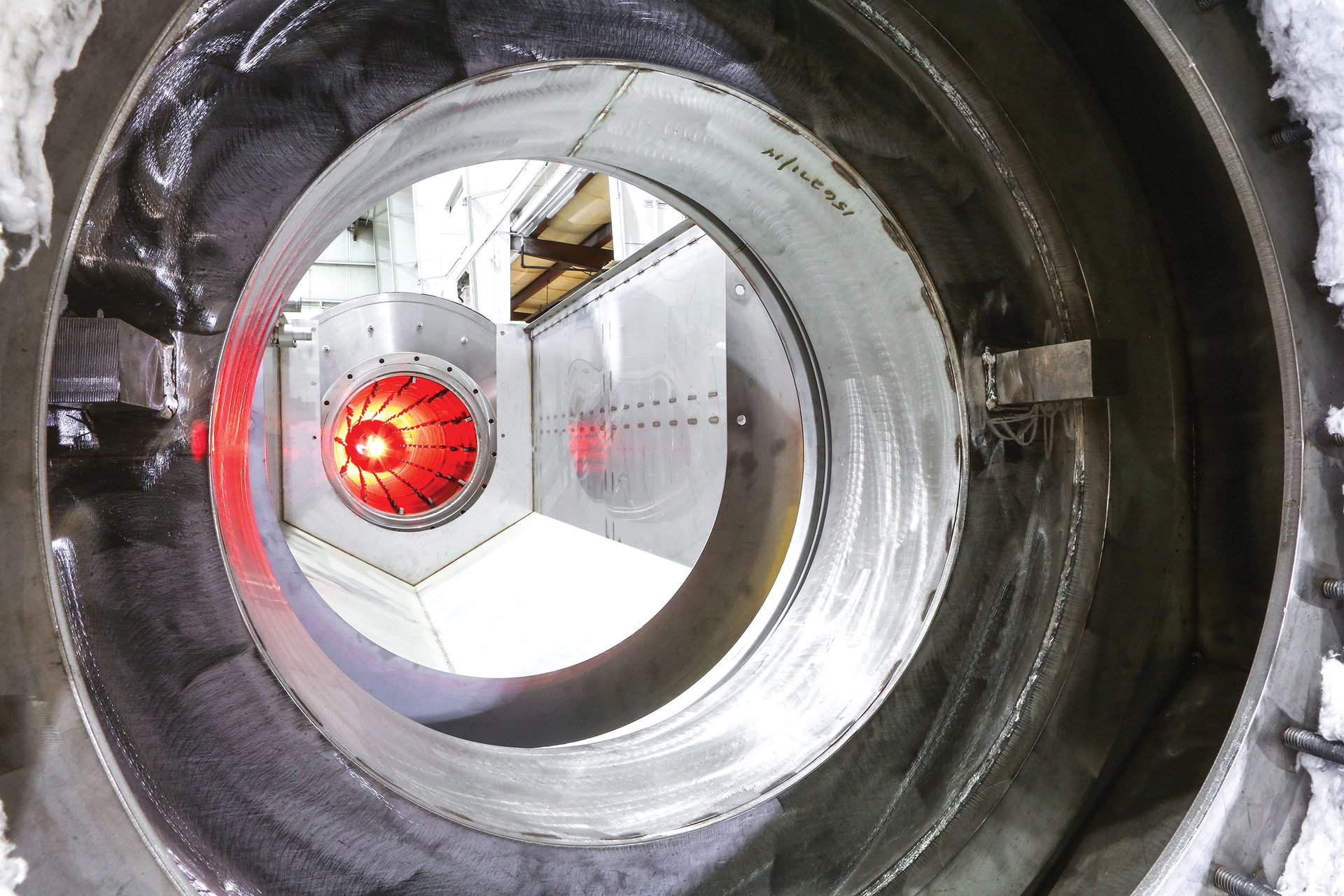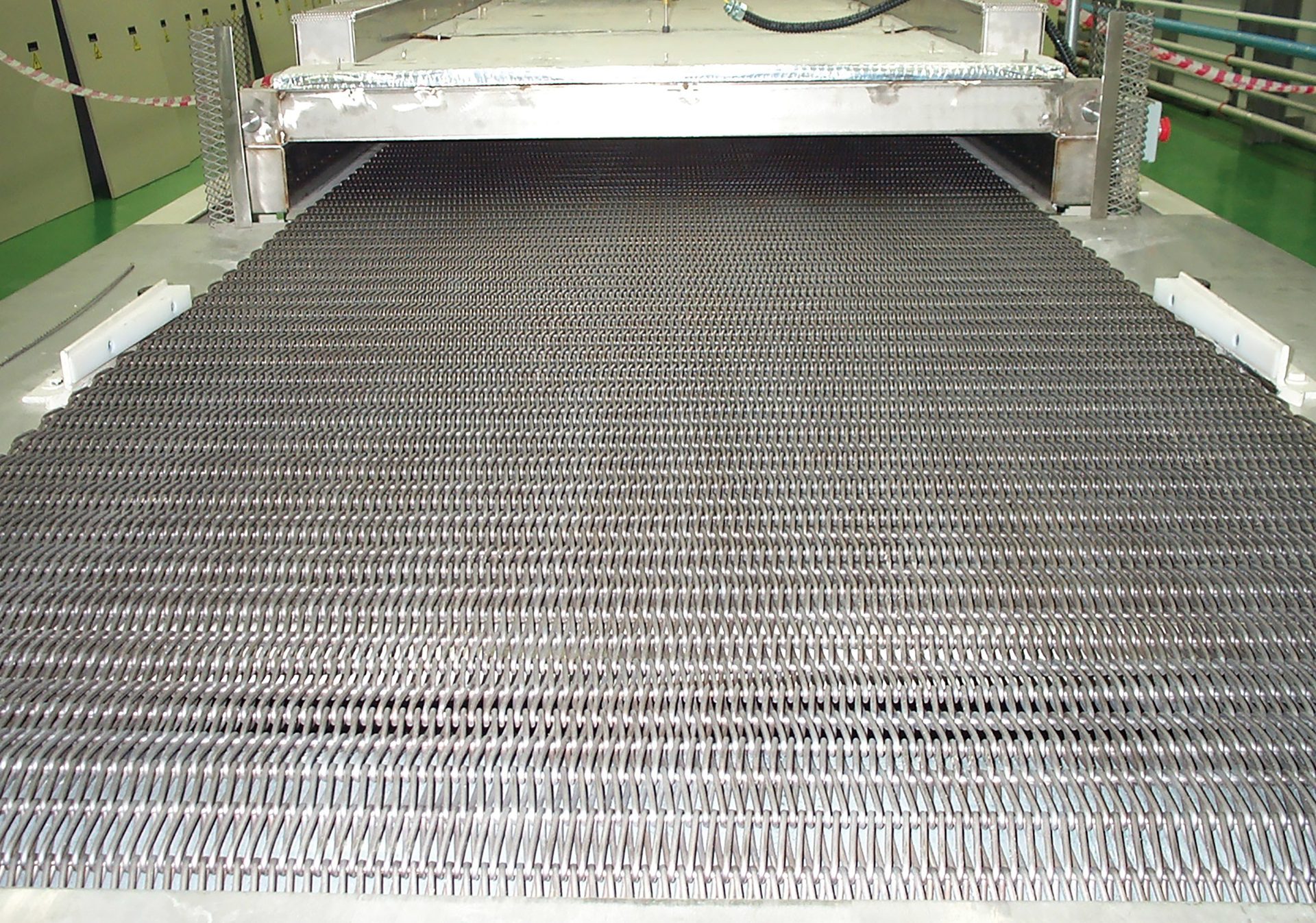
industry perspectives

Brian Sjogren
Guest columnist
By Briana Tom
Guest columnist
Enabling next-generation energy storage: Furnace technologies to produce silicon anode materials
With the growing demands for electric vehicles, developing next-generation batteries that allow for higher power density, faster charge times, and a smaller carbon footprint is becoming more imperative.
Enter silicon anode materials, which may replace traditional graphite anodes due to their higher specific capacity. Once silicon anode development reaches market readiness levels, commercial-scale plants will need to produce an estimated 20,000–40,000 metric tons per year to fulfill demand from the electric vehicle market.
Scale-up of silicon anode production faces some challenges, though. As the thermal reaction is scaled to larger sizes, the ability to heat or cool the material and the ability to introduce or remove gases from the system become more difficult, impacting both the throughput and total energy consumption of the process.
Harper International Corporation (Buffalo, N.Y.) offers several types of furnaces that can address these challenges. The sections below provide an overview of the factors to consider when selecting a furnace to match a manufacturer’s unique thermal chemical processing needs.
Rotary furnaces
Rotary furnaces produce a more homogenous product while reducing processing time and increasing production rates. Systems can be designed to process to a maximum of 2,400°C in specialty atmospheres. These solutions are ideal for powders and bulk materials with good flowability and low residence times.

Credit: Harper International Corporation
Scale-up considerations:
- Temperature range: Scaling up to production volumes is most easily done at temperatures below 1,200°C because alloy tubes can be used. Higher temperatures require use of ceramic, quartz, or graphite tubes, which have diameter limitations and so require more furnaces to achieve the same production rates.
- Internal features: Several types of internal features are used to ensure the powder is continuously exposed to fresh process gas. For example, lifters turn the bed over while riffle flight systems create a continuous stirred tank reactor.
- Atmosphere flow and seal type: Atmosphere flow and direction allow for volatiles that are evolved during a reaction to be properly exhausted. End seals help prevent oxygen ingress.
Vertical furnaces
In vertical furnaces, reactions occur more uniformly and quickly over the material’s surface layer while minimizing gas-phase entrainment. These systems have fewer moving parts and offer a smaller carbon footprint compared to other furnace technologies. Plus, they can handle process temperatures up to 3,000°C for powders and pellets with good flowability.
Scale-up considerations:
- Particle size, density, and shape: These parameters guide selection of vertical screw, dense bed, or dilute bed vertical furnace design for optimal processing.
- Material conductivity: Thermal and electrical conductivity affect product temperature through the cross section and so determine if a circular or rectangular tube is a good fit. Unlike a rotary furnace, multiple tubes can be used in a single furnace box.
Horizontal conveyor furnaces
Horizontal conveyor furnaces are ideal for materials with poor flowability. They can provide a high production rate for processes that require exacting control of temperature and atmosphere, with longer residence times requiring multiple specific temperature hold points up to 2,000°C.

Credit: Harper International Corporation
Scale-up considerations:
- Bed depth and belt length: These two values must be optimized to achieve uniform product.
- Heating elements: The type and location of heating elements depends on the atmosphere and temperature range. Their positioning can affect temperature uniformity of the heating chamber, maintenance access, and efficiency.
- Process belt design: The choice of belt design, such as mesh, strip, or chain, depends on the processing materials and atmosphere required. The design can impact the belt’s longevity and the system’s efficiency.
The furnace systems described above offer several ways to address the challenges that come with scaling silicon anode production and illustrate Harper’s commitment to fulfilling the individual needs of its valued customers.
About the author:
Briana Tom is sales engineer at Harper International Corp. (Buffalo, N.Y.). For more information, contact Jocelyn DiCarlo, sales and marketing administrator.